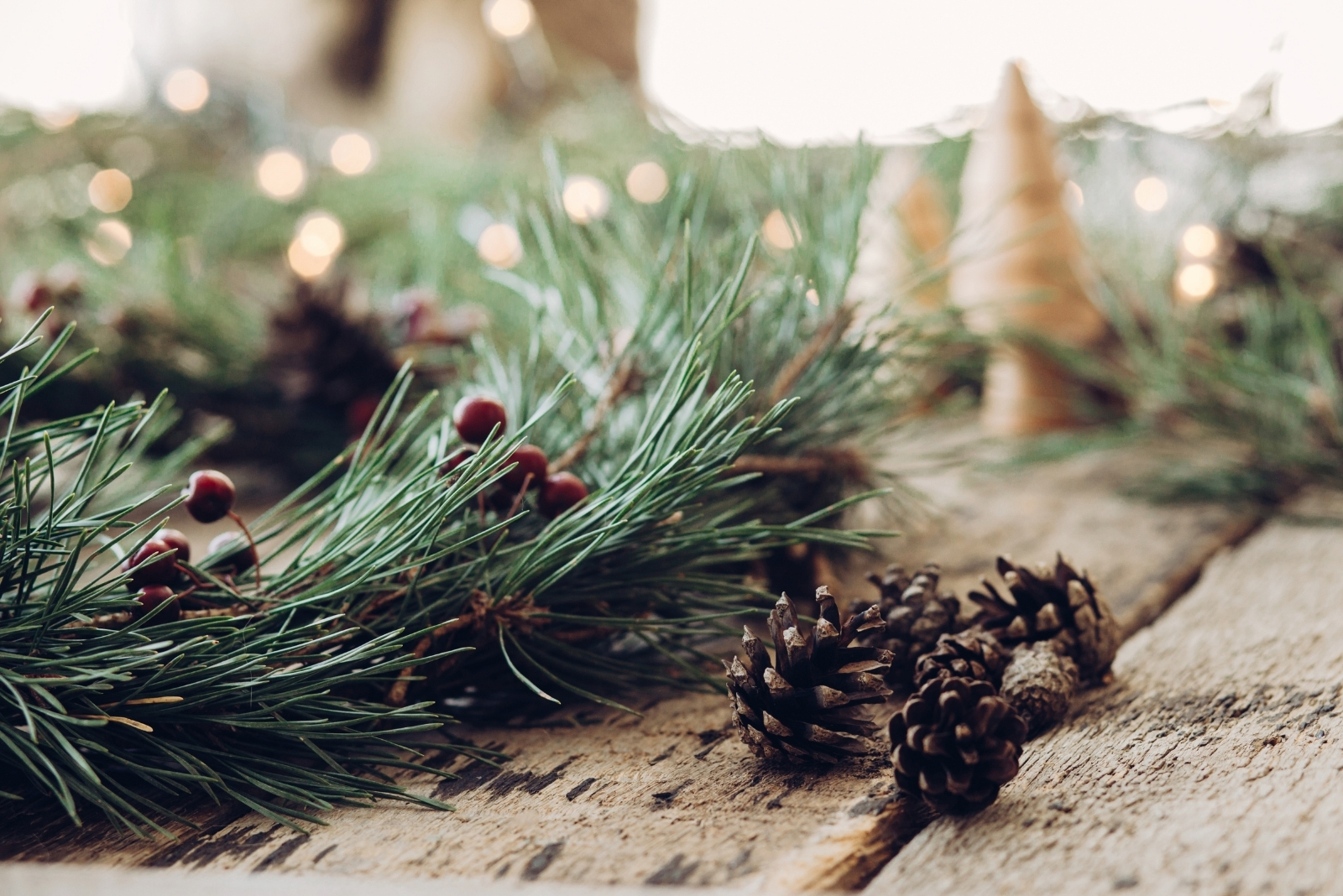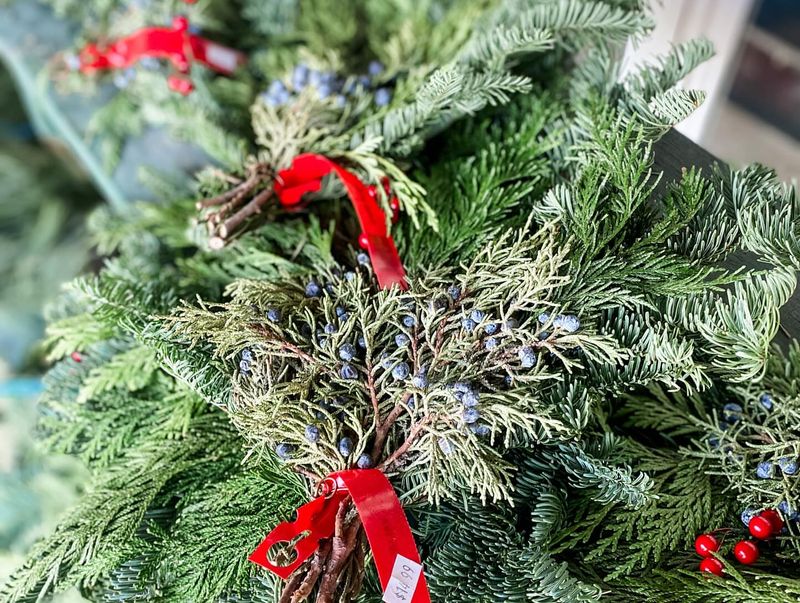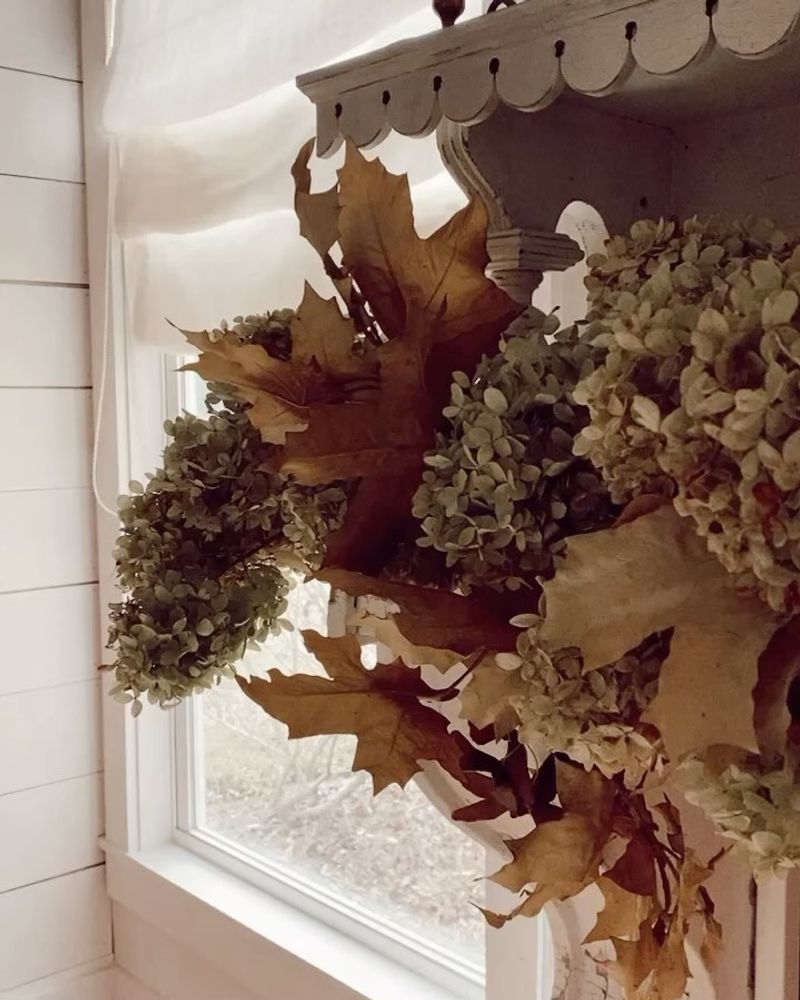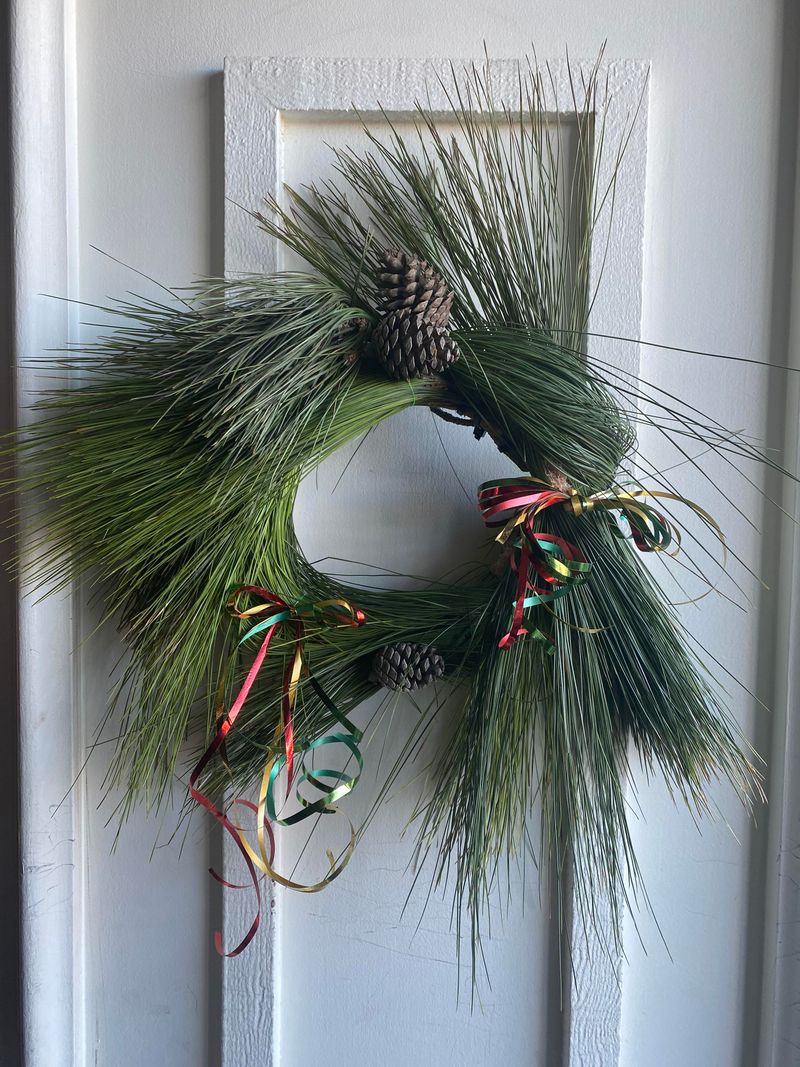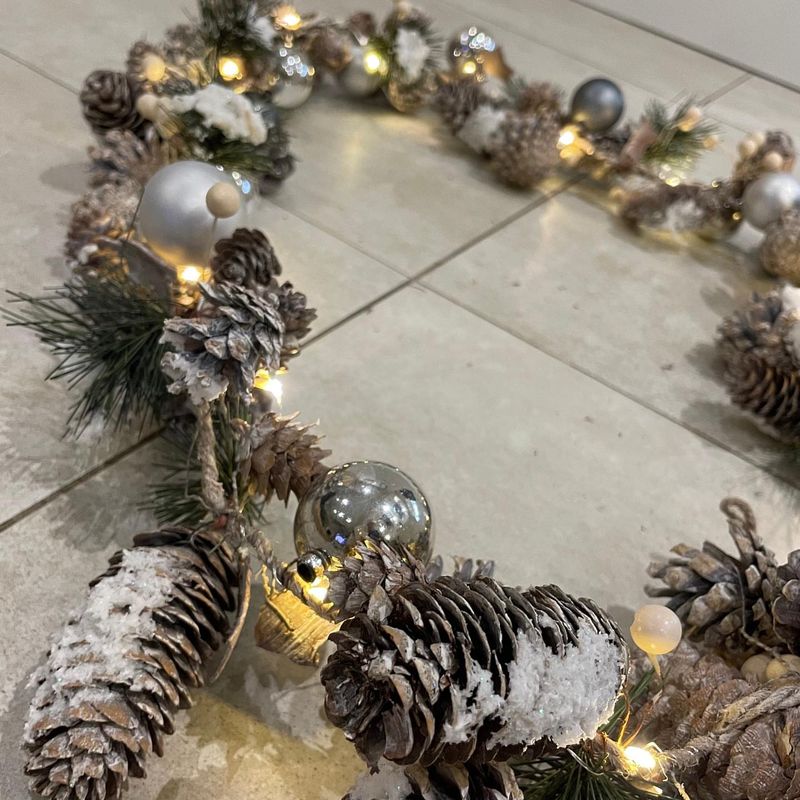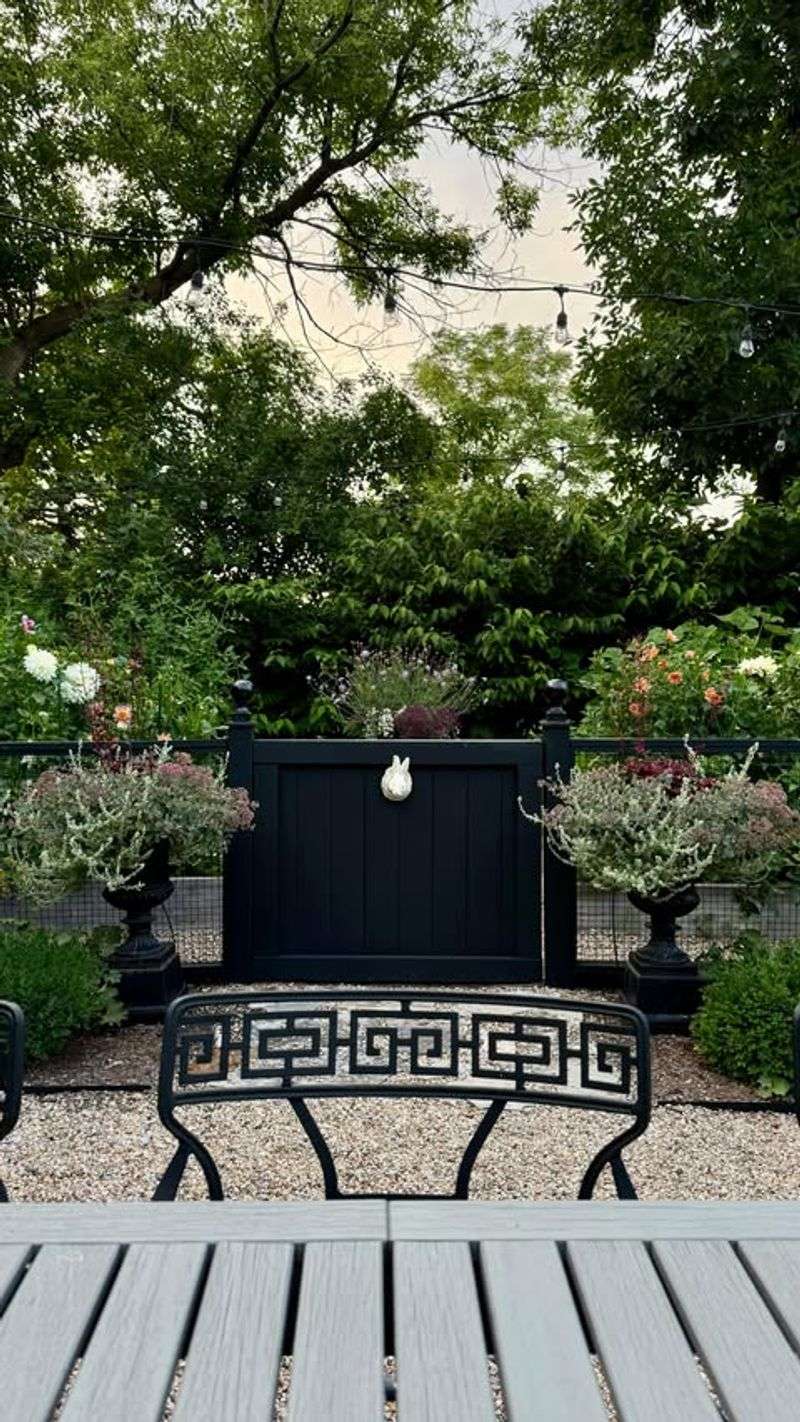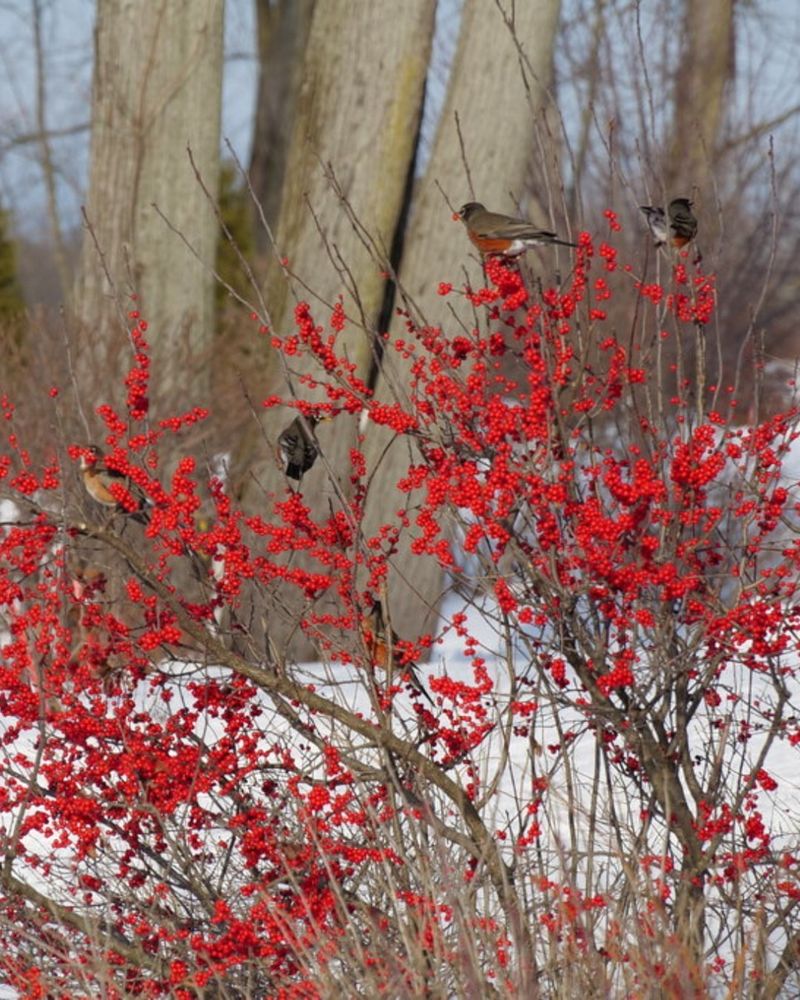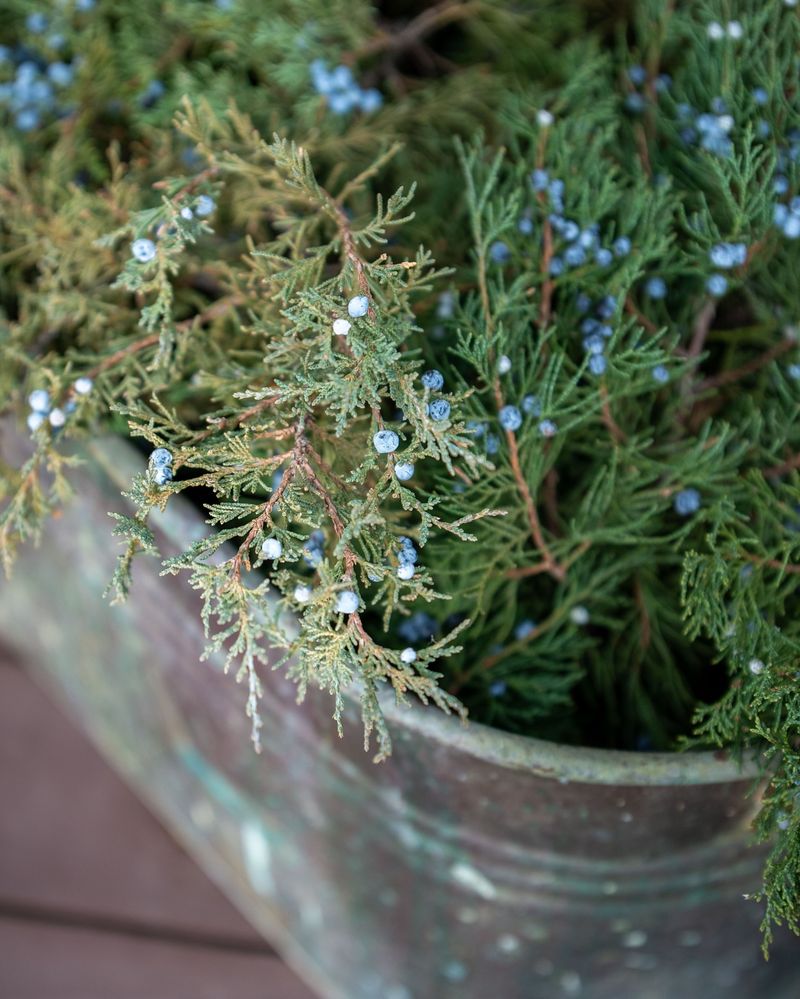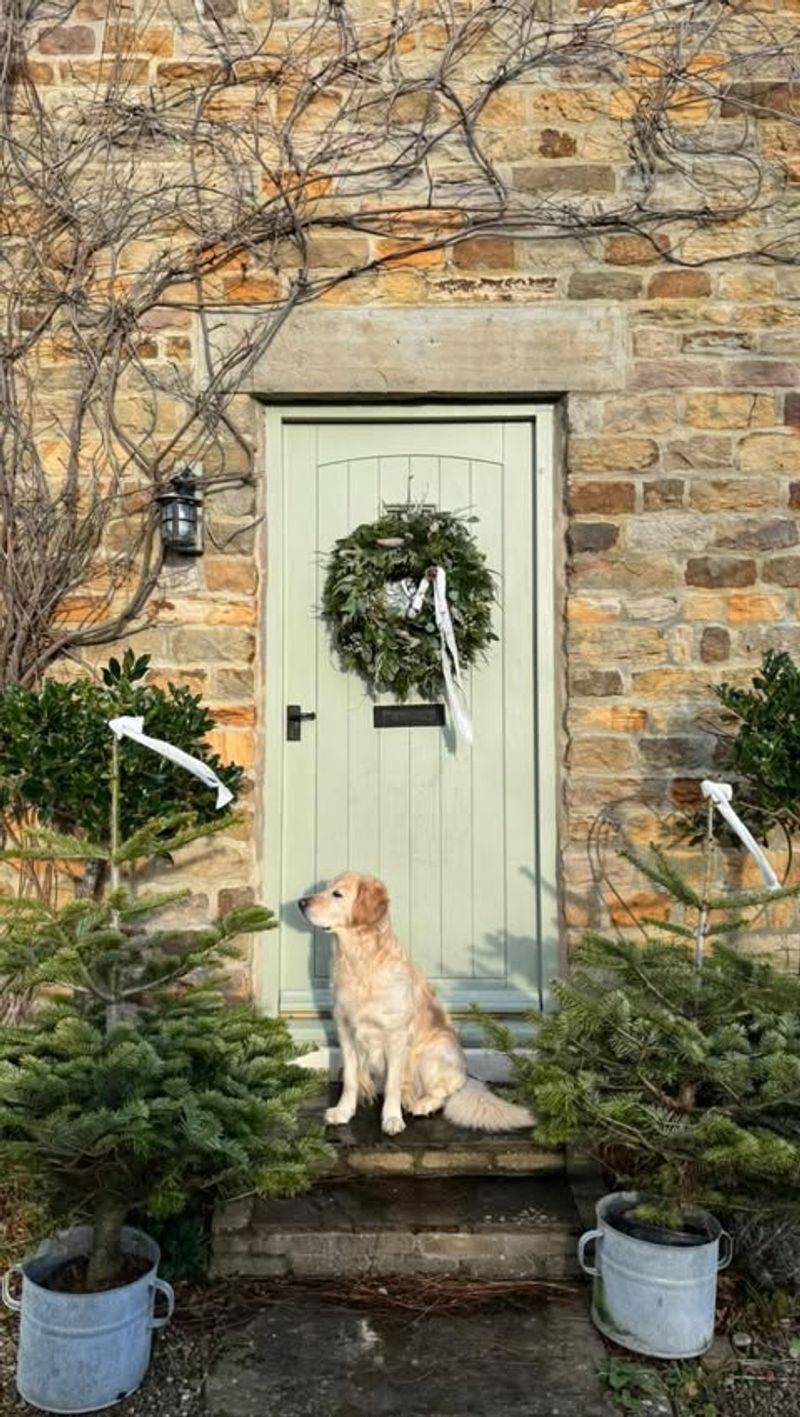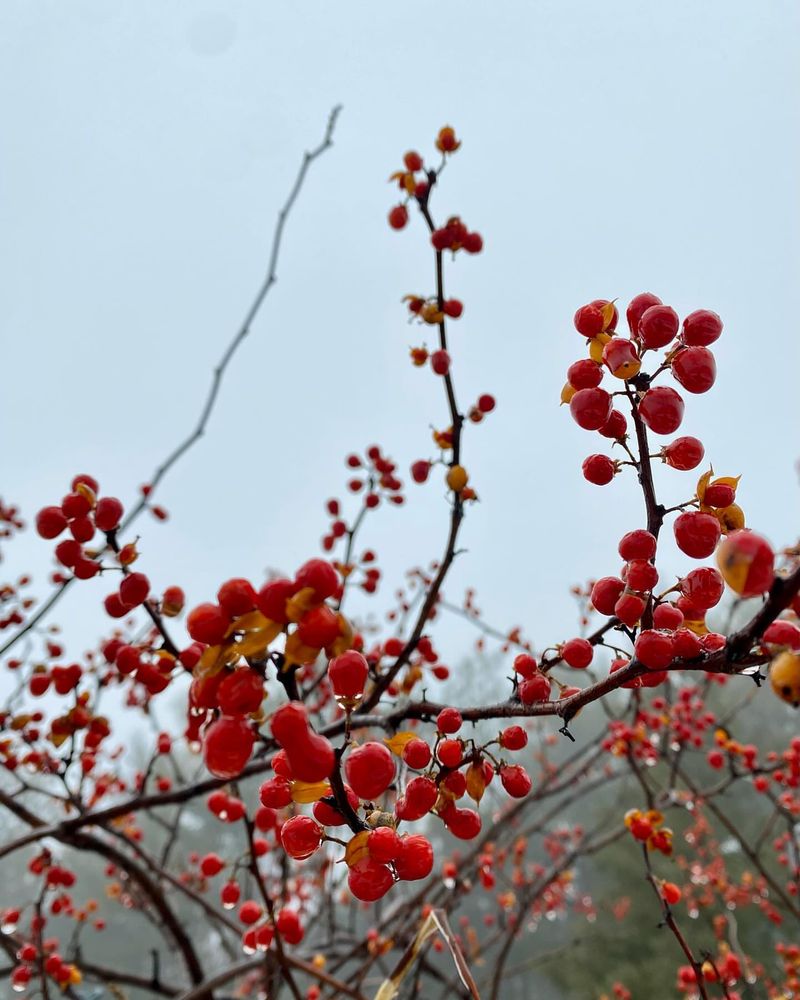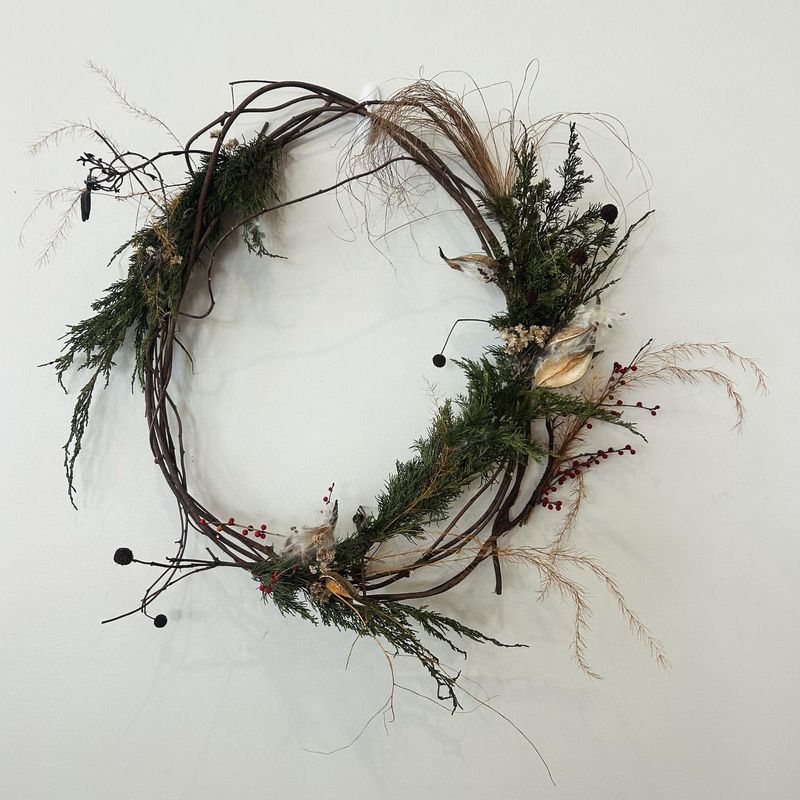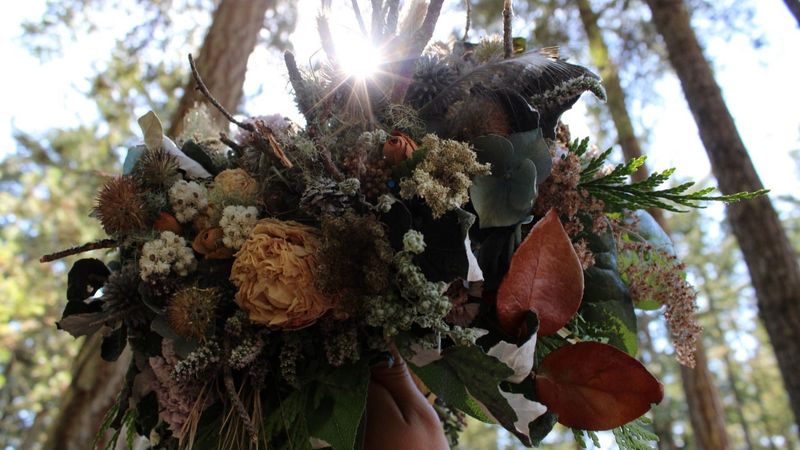Winter in Vermont brings a quiet magic to the garden, and it’s the perfect time to bring some of that outdoors inside. I love gathering clippings from my own yard to craft garlands that feel cozy, personal, and full of life.
With just a few simple touches, ordinary branches and greens can become stunning seasonal decor. There’s something so satisfying about creating decorations with your own hands while sipping a warm cup of cocoa.
These ideas are easy, fun, and will fill your home with that fresh, wintry garden charm.
1. Evergreen Mix
Nothing says Vermont winter like the rich scent of pine, spruce, and fir combined in one gorgeous garland. Gather different textures and shades of green from your property for visual interest.
Vermont homesteaders have been decorating with evergreens since colonial times. The varying needle lengths create dimension while providing that classic holiday fragrance that lasts for weeks.
2. Dried Hydrangea
Fall-dried hydrangea blooms create a stunning neutral garland that Vermont designers love. Their papery texture and muted colors bring sophisticated charm to any winter display.
Many Vermont gardeners leave these beauties on the bush through fall specifically for winter decorating. Simply string them together with floral wire for a garland that will last the entire season.
3. Birch Branch
Vermont’s iconic white birch trees provide perfect material for minimalist winter decorating. Collect fallen small branches and twigs to create a Scandinavian-inspired garland that celebrates simplicity.
The stark white bark stands out beautifully against Vermont’s winter landscape. Wire the pieces together and weave in some evergreen for contrast if desired.
4. Rosehip Strings
Wild rose bushes dot Vermont’s countryside, leaving behind brilliant red rosehips after the flowers fade. These vitamin-rich berries add vibrant color to winter decorations when strung together.
Vermont foragers know these bright spots of color persist through early snow. Thread dried rosehips on sturdy string, alternating with pine needles for a garland that brings summer’s warmth to winter days.
5. Pinecone Garland
Vermont’s forests provide an endless supply of pinecones in various sizes. Gather them before snow falls, then string them together for a textural decoration that screams woodland charm.
Many Vermont families make collecting pinecones an annual tradition. Add cinnamon sticks or dried orange slices between the cones for extra fragrance that fills your Green Mountain home.
6. Boxwood Loops
Boxwood stays green through Vermont’s harsh winters, making it perfect for fresh garlands. Its small, dense leaves create a refined look that works in both country and contemporary settings.
Vermont gardeners appreciate how boxwood holds its color long after cutting. Create small bundles secured with wire, then connect them in an overlapping pattern for a lush garland that brings life to winter rooms.
7. Cedar Rope
Vermont’s aromatic cedar makes an impressive rope-style garland with amazing fragrance. The flat, scaled foliage weaves together easily and maintains its scent throughout the winter season.
Many Vermont homes feature cedar closets for its natural moth-repelling properties. This same wonderful smell will infuse your living spaces when shaped into garlands draped over doorways or along banisters.
8. Mountain Laurel
Vermont’s native mountain laurel creates elegant garlands with its twisted branches and evergreen leaves. Collect fallen branches or carefully prune small sections to create unique sculptural decorations.
The gnarly, character-filled stems are prized by Vermont floral designers. Weave the branches together, letting their natural curves create interest while the leathery green leaves add color throughout winter’s darkest days.
9. Winterberry Accent
Vermont’s wetlands produce stunning winterberry holly, whose bright red berries persist long after leaves drop. Incorporate small clippings into evergreen garlands for dramatic pops of color.
Many Vermont birds rely on these berries for winter food. Use them sparingly in your decorations, securing small branches among pine or fir boughs to create a garland that celebrates the state’s natural beauty.
10. Juniper Berry
Blue juniper berries add unexpected color to winter garlands in Vermont homes. These aromatic branches offer silvery-blue foliage and distinctive berries that contrast beautifully with traditional greens.
Vermont’s rocky hillsides support native junipers that withstand harsh conditions. Clip small sections and wire them together for a fragrant garland that brings the crisp mountain air inside during long winter months.
11. Dried Grasses
Vermont’s meadow grasses turn golden in fall, creating beautiful material for winter decorating. Ornamental varieties like miscanthus and little bluestem maintain their structure through winter snowfalls.
Many Vermont gardeners leave grasses standing for winter interest. Gather stalks before heavy snow, bundle them with wire, then connect the bundles for an airy, textural garland that catches light beautifully.
12. Hemlock Swags
Vermont’s hemlock trees provide delicate, feathery branches perfect for graceful garlands. Their soft needles drape naturally, creating elegant swags without much arranging.
The Green Mountain State’s forests are filled with these native conifers. Simply wire branch tips together, overlapping them slightly for a full appearance that brings Vermont’s woodland beauty to your holiday decorating.
13. Bittersweet Vine
Wild bittersweet vines grow throughout Vermont, offering twisted woody stems and bright orange berries perfect for winter garlands. Their naturally curling form creates instant dimension.
Vermont decorators have used bittersweet for generations. The vines are already garland-shaped—just add wire to connect longer pieces and incorporate evergreen clippings for a fuller, more traditional Vermont holiday look.
14. Bayberry Branches
Vermont’s coastal-adjacent regions grow fragrant bayberry shrubs whose waxy berries were traditionally used for candles. Small clippings create wonderfully aromatic garlands that bring heritage charm.
Early Vermont settlers valued these berries for their clean-burning properties. Wire together small branches, focusing on sections with clusters of the distinctive gray-blue berries for a historical decoration with meaningful Vermont connections.
15. Mixed Seed Pods
Vermont gardens produce fascinating seed pods from plants like milkweed, poppy, and lotus. Collecting these architectural elements creates unique textural garlands unlike any store-bought decoration.
Many Vermont gardeners specifically grow plants for their interesting seed heads. Thread dried pods onto heavy string, alternating shapes and sizes for a botanical garland that celebrates the full lifecycle of Vermont’s remarkable plant diversity.

